Tucson Open Studio Tour
 Since 1987, the Tucson Pima Arts Council (TPAC) has sponsored the Fall Open Studio Tour, an annual event during which artists all over Tucson welcome the public into their studios. It allows the populace an opportunity to see the artists in their working environments, to have an intimate peek behind the curtain, to view artists’ latest works and visit with them to learn about their craft. Visitors may purchase directly from the artists fine works in a great variety of mediums including glass, metal, painting, sculpture, and photography.
Since 1987, the Tucson Pima Arts Council (TPAC) has sponsored the Fall Open Studio Tour, an annual event during which artists all over Tucson welcome the public into their studios. It allows the populace an opportunity to see the artists in their working environments, to have an intimate peek behind the curtain, to view artists’ latest works and visit with them to learn about their craft. Visitors may purchase directly from the artists fine works in a great variety of mediums including glass, metal, painting, sculpture, and photography.
The free tour takes place on Nov. 9 and 10, between 11 a.m. and 5 p.m., with 224 registered artists participating. Roberto Bedoya, TPAC’s Executive Director, has witnessed the growth of the event during the past seven years since he joined the organization. Bedoya estimates that as many as 8,000 visitors—mostly Tucsonans—attended last year’s event and we can expect to see at least as many turn out this year.
A recent report released by TPAC entitled, “Creating Prosperity: How the Arts Improve Our Economy and Our Community Value,” informs us of the significant positive financial impact that the arts have on the city of Tucson and Pima County. So significant, in fact, that they report $87.7 million in annual revenue channeled into the local economy from art and cultural events and programming, which is almost twice the national county median.[1]
According to the report, attendees of such events spend an average of just over $23 per person. This number does not include figures on art sales nor admission fees, but reflects the money spent by attendees of events such as the Open Studio Tour with local businesses. From this report, one may glean the value of supporting the arts, as the arts do much to support our community.
The artists themselves potentially have much to gain from the event as well. Roughly 100 artist responses to a survey conducted by TPAC about the 2012 Open Studio Tour suggest that that a significant number of artists sold work, with the average in sales being approximately $500, culminating in total sales of close to $100,000.
Susan Gamble, of Santa Theresa Tile Works located on the corner of Sixth Avenue and Sixth Street, has observed the success of the Open Studio Tour since its inception. It’s not just the increased number of visitors to her shop during the days of the event, but the exposure it creates for her business and all of the studios and businesses in her area. It’s a great opportunity for the general public to get an introduction to works and services that they may not otherwise be enlightened about through traditional means. It allows her to connect with a broader audience and that audience returns well after the event.
“I’m convinced that people come back to our place because of Open Studio Tour,” says Gamble.
During the weekend event, artist studios can be visited from Picture Rock on the west to Wentworth on the east—from as far north as Catalina down to Irvington Road at the south, with the greatest concentration of open studios in downtown and central Tucson. For a complete map of open studios, visit TucsonPimaArtsCouncil.org. There you can also browse by artist name. Free print versions of the Artist Directory are available at select locations around Tucson including the Pima County Public Libraries, Bookmans’ locations and The Loft Cinema.
The Jewish Community Center offers a preview show of works by participating artists in their fine art gallery at 3800 E. River Rd. Works were hung for display on Friday, Oct. 18 and will remain available for viewing through Thursday, Nov. 7 with a closing reception from 5:30 p.m. to 7:30 p.m. on the last day, during which one artist will be selected by an exhibit juror to receive a $500 award for Best in Show from the TPAC Board of Directors. The gallery is open Monday through Thursday from 9 a.m. to 9 p.m., and Friday and Sunday from 9 a.m. to 6 p.m., closed on Saturdays and during Jewish holidays.
The studio tour is Nov. 9-10, 11 a.m.-5 p.m. For a complete map of
open studios, visit TucsonPimaArtsCouncil.org. [1] Americans for the Arts (AFTA), Arts and Economic Prosperity IV Report (2012). Please note: these figures do not include the University of Arizona’s cultural institutions.
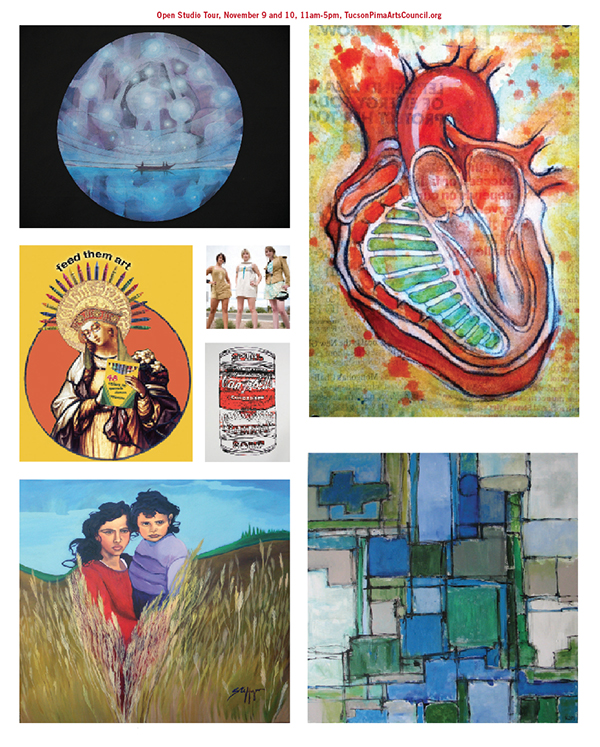
A few of the participating artists, from left to right, top to bottom: Gavin Troy; Samuel Ponce; Janice Taylor; Laurel Burton; Monica Warhol; Carol Steffgen; Kyle Johnston.

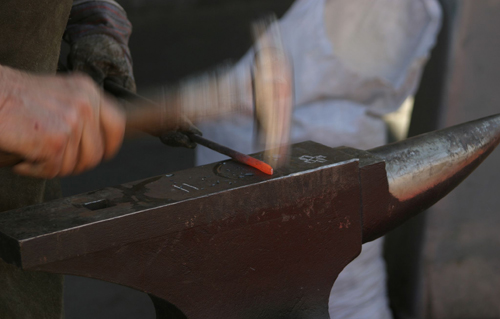
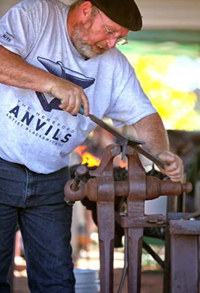
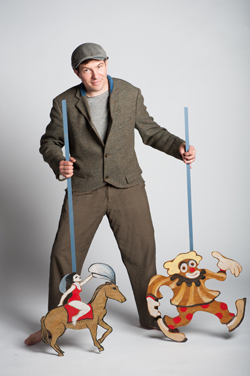


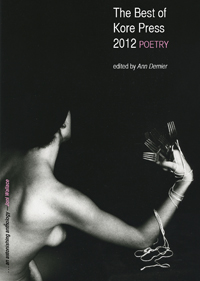
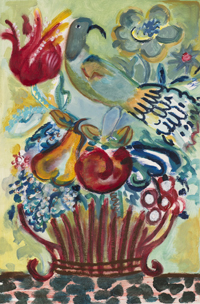
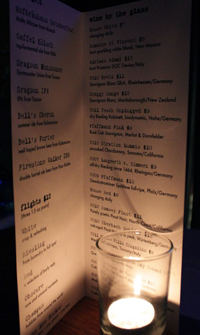
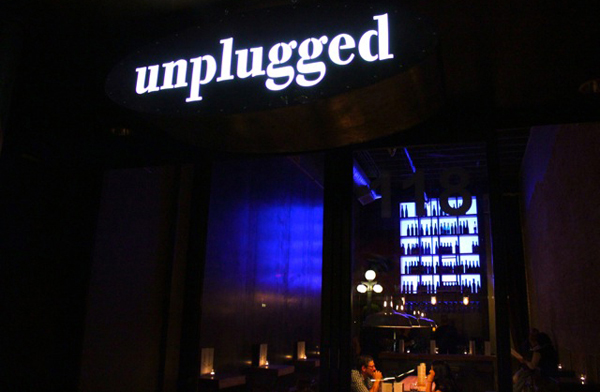

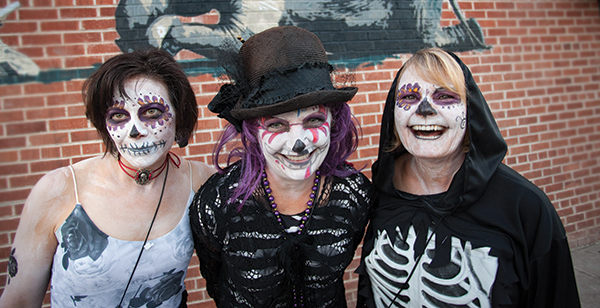
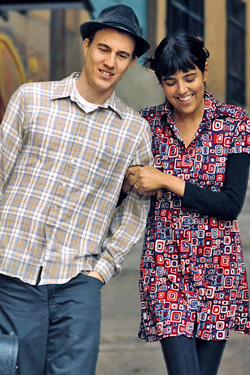
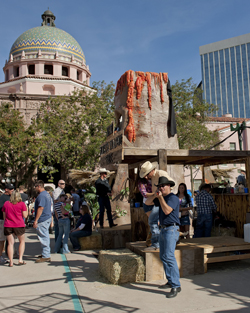
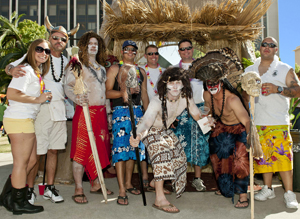




Also find us on...